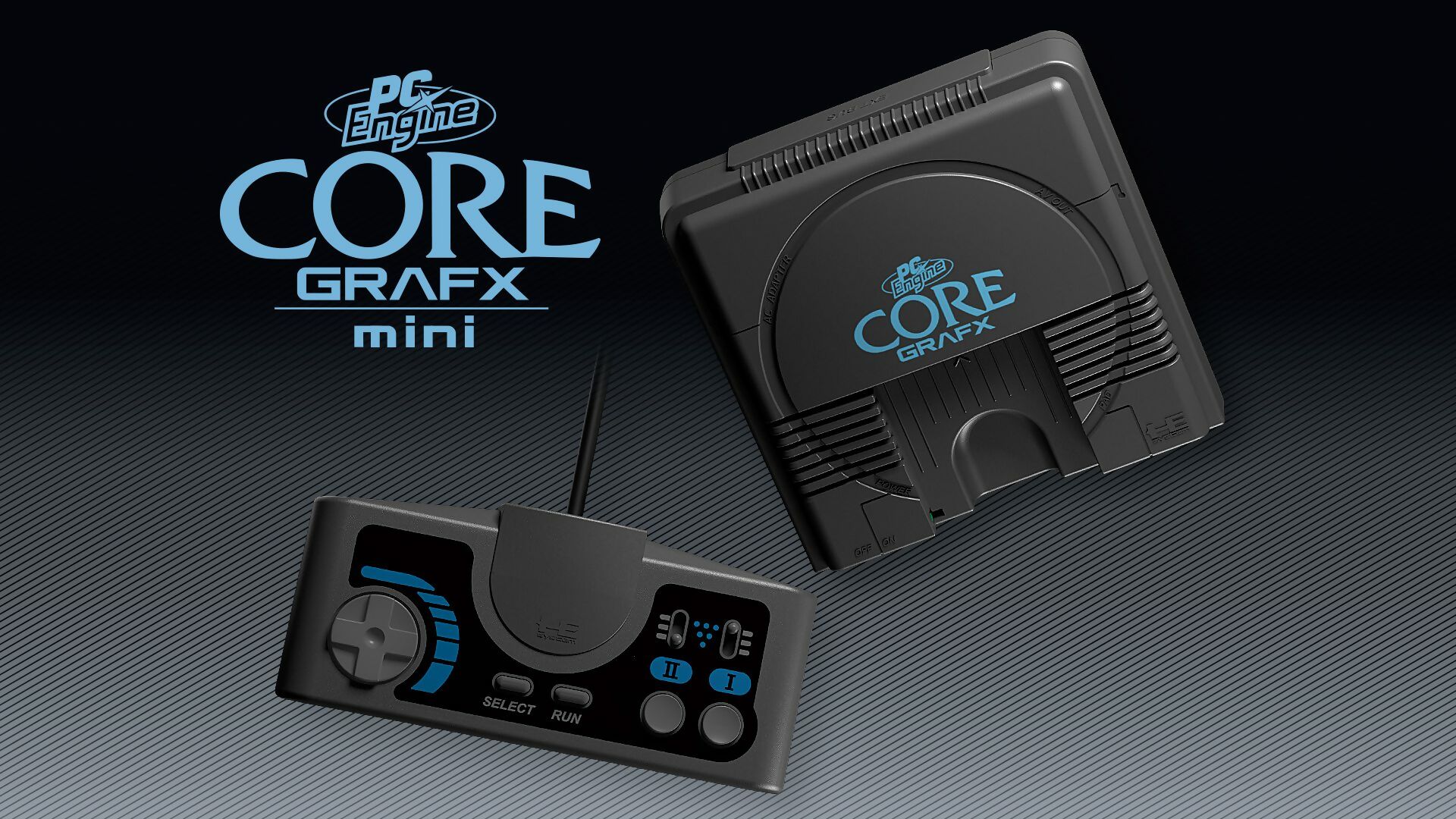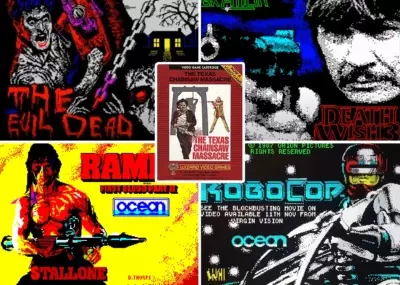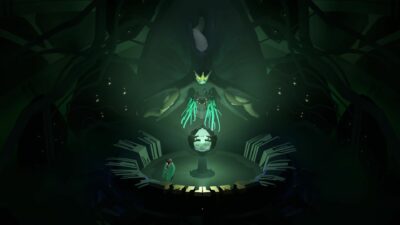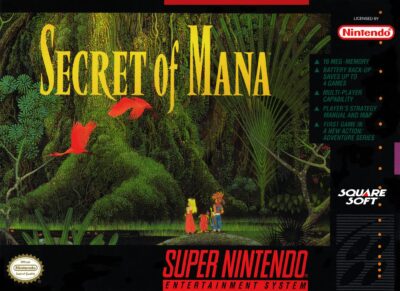
The PC Engine Mini may just be the most unusual nostalgia box yet released. Most of the systems released so far – including 2016’s NES Classic Edition, which kicked off a whole wave of miniature consoles – capitalise on our affection for games we played decades ago. For a generation of gamers in the west, however, the PC Engine, or TurboGrafx-16, was a largely unknown quantity: it was never officially released in the UK, and only glimmered briefly in the US before Sega and Nintendo’s rival consoles knocked it out of contention in the nineties.
What Konami’s unexpected but welcome PC Engine Mini does, though, is put one of Japan’s most fascinating consoles – and its great library of games – in front of a new audience. And judged by the standards of other mini plug-and-play devices, it does this quite nicely. Like the NES Classic and Mega Drive Mini before it, the PC Engine Mini (or to use its full name in Europe, the PC Engine CoreGrafx Mini) connects to a modern TV through the HDMI socket, is powered via USB, and offers a selection of games that illustrate the best the console had to offer at the height of its popularity in eighties and early nineties Japan.
Although only slightly smaller than a vintage PC Engine (which was a tiny console to begin with), the Mini has some charming details, right down to the green power switch and its tiny plastic tab that, on the original console, prevented the user from removing a cartridge with the system turned on. Tactility is a big part of the appeal of these systems, and the PC Engine Mini certainly has this: the controller also looks and feels close to the original, though it does feel a little lighter by comparison.
Another part of the system’s appeal is its user interface. The PC Engine Mini’s UI is by M2, the developer that handled the superb Sega Mega Drive Mini; if anything, this one’s even better, with the selection of games divided up into separate libraries. You’ll find US releases like JJ & Jeff and Splatterhouse in the TurboGrafx-16 list, while such games as Star Parodier and Fantasy Zone are housed under the PC Engine roster, each with their own cover art, backgrounds and theme tunes. Fire up one of the games originally released on CD, and you’ll be treated to a charming animation of the disc spinning in the drive and an accompanying sound effect. It’s touches like these that really set the Mini apart from, say, playing ROMs through a typical emulator.

Japan and the US get their own incarnations of the PC Engine, while Europe gets a replica of the grey CoreGrafx, originally released in 1989.
What about the games?
The PC Engine is an expensive machine to collect for, so it’s pleasing to see some rare and extremely pricey titles like Sapphire, Parasol Stars, Star Parodier, and Castlevania: Rondo of Blood amongst the lineup of 50-or-so games. There’s a considerable number of shooters in the PC Engine’s library, and that’s reflected in the Mini with such games as R-Type, Super Star Soldier, Gradius, and Galaga 88, but other genres are well represented, too.
You’ll find the terrific Bonk’s Adventure and Bonk’s Revenge platformers; Ys Books I & II are sterling RPGs; Ninja Spirit and Ninja Gaiden offer some bracing side-scrolling action; the multiplayer anarchy of Bomberman 93 and 94 make getting hold of some extra USB controllers a must. PC Engine fans will point at gaps in the Mini’s lineup, inevitably, but it’s difficult to argue with Konami’s choices here. My main gripe? The inclusion of Snatcher, but only in its Japanese form, feels like a huge missed opportunity: an English localisation of Hideo Kojima’s cyberpunk adventure would have really added to the Mini’s appeal to western gamers. Bah.

Including Snatcher, but without an English translation, is one of the Mini’s few disappointing oversights.
Availability
Here’s where things get just a little bit complicated. The PC Engine Mini is being sold exclusively through Amazon, and while the Japanese arm of the firm’s fulfilled pre-orders in the far east, the ongoing coronavirus pandemic has led to “indefinite” delays elsewhere. We were lent a PC Engine Mini unit to review by a PR company, but to date, there hasn’t been an update as to when customers who’ve placed preorders will actually receive their device. So far, the most we’ve managed to glean is this statement from Konami: “Amazon is still accepting new pre-orders for the consoles and we’re working hard to resume normal delivery schedules as soon as possible. We thank everyone for their patience during this uncertain time.”

Taito’s Parasol Stars was one of the best games on the PC Engine, so it’s pleasing to see it on the Mini.
Worth a purchase, then?
There are, of course, many ways to play PC Engine games in 2020. Purists might favour sticking to the proper hardware, but actually getting your hands on an original console and a decent selection of games will cost a considerable amount these days – and then there’s the task of marrying it all up to a modern television. Running a PC Engine core through a FPGA development board and MiSTer, meanwhile, will provide more accurate results than an emulation-based device like the PC Engine Mini, but even this will set you back more than the Mini’s asking price of £99.99. The Mini, then, is by far the easiest and more affordable route, and while there are some drawbacks – a bit of sound and input lag here and there, plus the lack of display options that is strangely common to all these devices – this reincarnation of the PC Engine represents a package that’s hard to resist.





